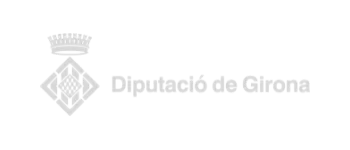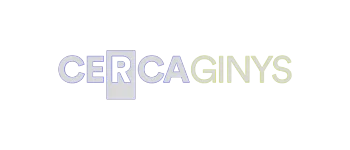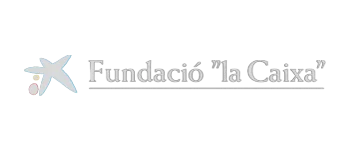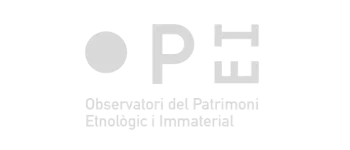2017 Conference - Knowing the virtual audiences of museums
The second Conference of the Audience Observatory aims to showcase the potential of digital communication tools to better understand the audiences of museums and heritage institutions by presenting case studies that analyze and utilize information about virtual audiences.
In today’s digital society, new technologies are no longer new. We are living through the Fourth Industrial Revolution, driven by digital transformation, which has drastically changed people’s lives.
This digital transformation has created the hyperconnected world we now live in, through the integration of the internet and, above all, mobile devices into our daily lives. This new landscape has changed how we communicate and interact, bringing the virtual world prominently into our lives.
Museums have been facing this challenge for years: the world no longer has borders. This was the vision of Sir Nicholas Serota, former director of the Tate Gallery, back in 2009:
The future of museums may be rooted in the buildings they occupy, but they will speak to audiences across the world – a place where people from all over the globe will engage in conversation. The institutions that most quickly embrace this idea and extend its reach will be the ones that carry the most authority in the future.— Sir Nicholas Serota, The Museum of the 21st Century, London School of Economics, July 7, 2009.
In recent years, many museums have taken on this challenge and are developing strategies to reach a global audience—these are their virtual visitors.
Thus, the Observatory of Audiences of Cultural Heritage of Catalonia, in line with its mission to support museums and other heritage institutions in the country in understanding their visitors and users—so they can create, maintain, and develop new audiences and improve the social use of cultural heritage—dedicates its second annual Conference to exploring the knowledge of museums’ virtual visitors.
The Conference has a twofold objective. On the one hand, to highlight the potential of digital communication tools (websites and social media) for better understanding the audiences of museums and other heritage institutions: actual visitors, virtual visitors, and potential audiences. On the other hand, to provide tools for museum professionals to improve their online communication and the evaluation of their digital engagement.

2024 Conference - Expository texts focused on audiences. Evaluation at the service of content transmission

2023 Conference - Audience development. Tools to attract new audiences

2022 Congress - The social impact of museums

Congress 2021 - Museums relevant to the community. Tools for citizen participation

Conference 2020 - Listening to the in-person, digital and potential audience in times of social distancing

Conference 2019 - The impact of free admission on museum attendance
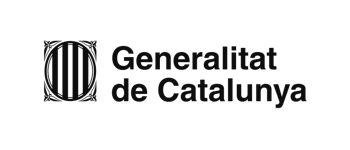



Institut Català de Recerca en
Patrimoni Cultural ICRPC
observatoridepublics@icrpc.cat
Tel. 972 486 158

- Sitemap
- |
- Legal Notice
- |
- Cookies usage
- |
- Privacy policy
- |
- Contact
- |






